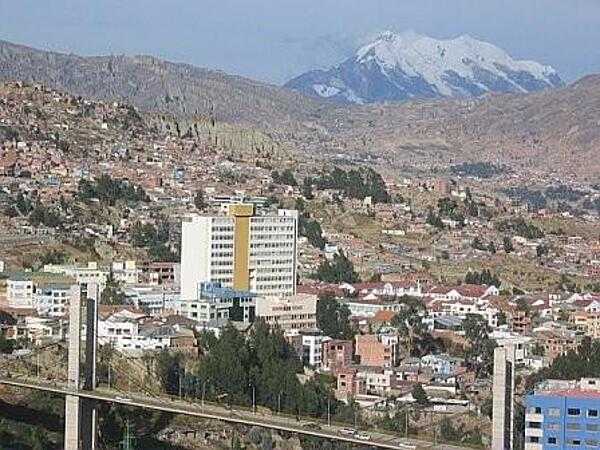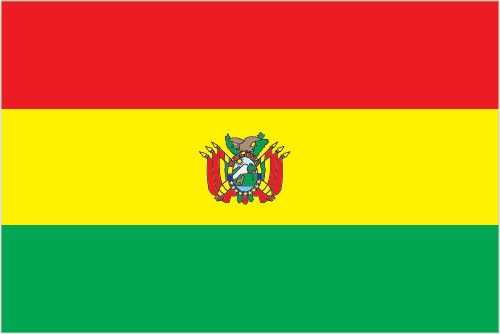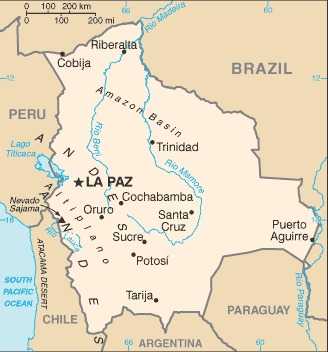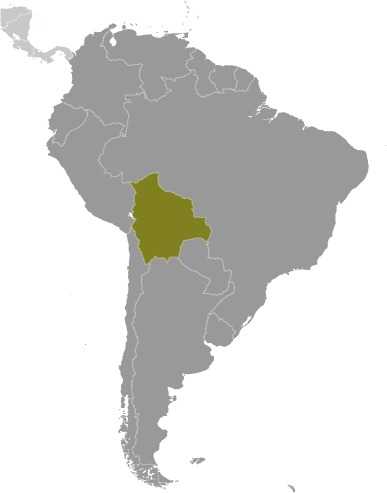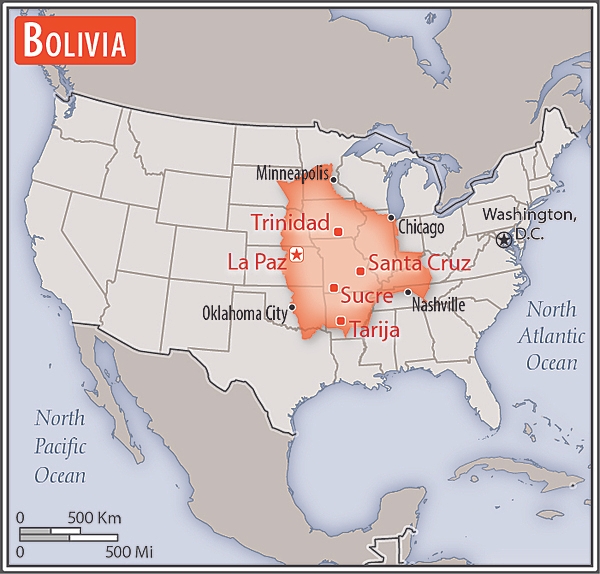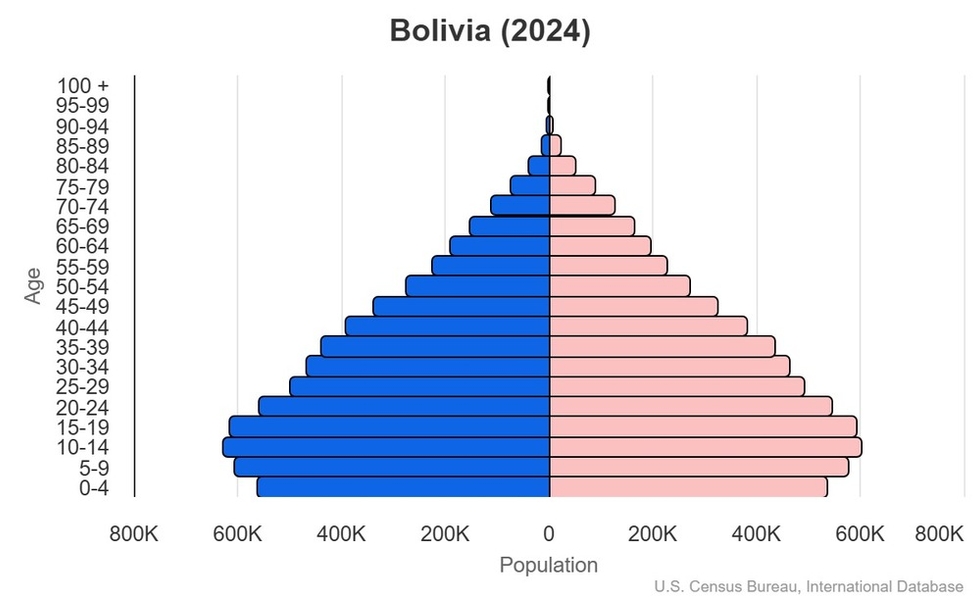Introduction
Visit the Definitions and Notes page to view a description of each topic.
Geography
People and Society
Population
comparison rankings: total 80; male 81; female 80
Languages
Median age
comparison ranking: total 163
Population growth rate
comparison ranking: 90
Birth rate
comparison ranking: 88
Death rate
comparison ranking: 155
Net migration rate
comparison ranking: 137
Maternal mortality ratio
comparison ranking: 51
Infant mortality rate
comparison ranking: total 65
Life expectancy at birth
comparison ranking: total population 161
Total fertility rate
comparison ranking: 91
Obesity - adult prevalence rate
comparison ranking: 103
Alcohol consumption per capita
comparison ranking: total 115
Tobacco use
comparison ranking: total 122
Children under the age of 5 years underweight
comparison ranking: 83
Education expenditure
comparison ranking: Education expenditure (% GDP) 8
Environment
Carbon dioxide emissions
comparison ranking: total emissions 82
Government
Economy
Real GDP (purchasing power parity)
comparison ranking: 91
Real GDP growth rate
comparison ranking: 167
Real GDP per capita
comparison ranking: 147
Inflation rate (consumer prices)
comparison ranking: 146
GDP - composition, by sector of origin
comparison rankings: agriculture 59; industry 96; services 141
Industrial production growth rate
comparison ranking: 112
Labor force
comparison ranking: 69
Unemployment rate
comparison ranking: 43
Youth unemployment rate (ages 15-24)
comparison ranking: total 163
Gini Index coefficient - distribution of family income
comparison ranking: 33
Public debt
comparison ranking: 105
Current account balance
comparison ranking: 134
Reserves of foreign exchange and gold
comparison ranking: 127
Debt - external
comparison ranking: 47
Energy
Electricity
comparison rankings: installed generating capacity 96; consumption 103; transmission/distribution losses 101
Energy consumption per capita
comparison ranking: 117
Communications
Telephones - fixed lines
comparison ranking: total subscriptions 89
Telephones - mobile cellular
comparison ranking: total subscriptions 84
Broadband - fixed subscriptions
comparison ranking: total 72
Transportation
Merchant marine
comparison ranking: total 121
